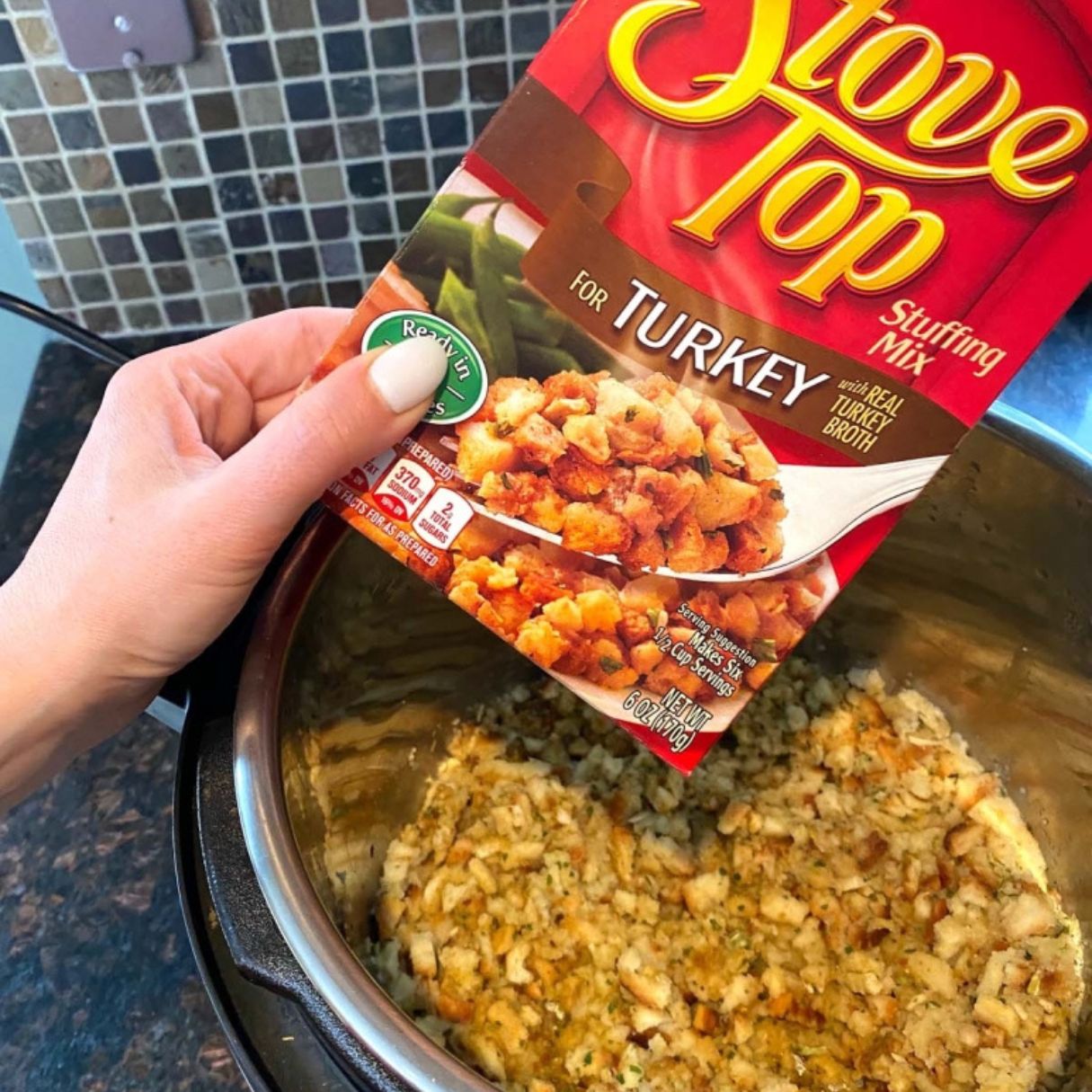

Articles
How Do You Make Stove Top Stuffing Not Soggy?
Modified: January 5, 2024
Discover expert tips and tricks in our articles on how to make stove top stuffing perfectly fluffy and avoid any soggy mishaps.
(Many of the links in this article redirect to a specific reviewed product. Your purchase of these products through affiliate links helps to generate commission for Storables.com, at no extra cost. Learn more)
Introduction
Stove top stuffing is a beloved side dish that is often enjoyed during holiday dinners and family gatherings. Its savory flavors and fluffy texture can make any meal feel complete. However, one common challenge that many home cooks face is the issue of having soggy stuffing. There is nothing worse than serving a plate of mushy stuffing that lacks the desired texture and flavor.
But fear not! With a few simple tips and tricks, you can easily make stove top stuffing that is perfectly fluffy and free from sogginess. In this article, we will explore different methods and techniques to ensure that your stuffing turns out delicious and satisfying, every time you prepare it.
So, whether you are a seasoned cook or a novice in the kitchen, read on to discover how you can make stove top stuffing that is far from soggy and will impress your family and guests.
Key Takeaways:
- Say goodbye to soggy stove top stuffing by adjusting the liquid ratio, pre-cooking ingredients, using a two-step cooking process, and fluffing and resting the stuffing. Your side dish will be perfectly moist and flavorful every time!
- Master the art of making stove top stuffing that is never soggy with these simple techniques. Adjust the liquid ratio, pre-cook ingredients, use a two-step cooking process, and fluff and rest the stuffing for a delicious and satisfying dish.
Understanding the Common Problem of Soggy Stove Top Stuffing
Soggy stove top stuffing is a common issue that can occur for various reasons. It can be frustrating when you spend time and effort preparing a delicious stuffing only to have it turn out mushy and unappetizing.
One of the reasons for soggy stuffing is the incorrect ratio of liquid to bread. Stove top stuffing generally requires the addition of liquid, such as water or broth, to rehydrate the bread cubes and create a moist texture. However, if too much liquid is added, the stuffing can become oversaturated and turn soggy.
Another factor that can contribute to sogginess is the cooking time. Overcooking the stuffing can result in excessive moisture absorption, making it lose its desired texture and become mushy. Additionally, opening the lid frequently during the cooking process can lead to steam escaping, which can result in a less fluffy and more watery stuffing.
Furthermore, the type and freshness of the bread used can also affect the outcome of the stuffing. Using stale or dried out bread cubes can result in a stuffing that absorbs too much liquid and becomes soggy. It is essential to choose fresh bread that is still slightly firm to ensure the stuffing maintains its structure.
Understanding these common problems is crucial in order to address and overcome them. By implementing the right techniques and adjustments, you can make stove top stuffing that is flavorful, moist, and perfectly textured.
Tips for Making Stove Top Stuffing Not Soggy
Making stove top stuffing that is not soggy is absolutely achievable with a few helpful tips and techniques. By following these suggestions, you can ensure that your stuffing is perfectly moist and fluffy, making it a standout side dish on any occasion.
1. Adjusting the Liquid Ratio
The key to preventing soggy stuffing is to find the right balance of liquid. Start by following the instructions on the stuffing mix package, but consider reducing the amount of liquid slightly. This will help prevent the stuffing from becoming oversaturated and turning mushy. Add just enough liquid to moisten the bread cubes without making them soggy. You can always add more liquid gradually if needed.
2. Precooking Ingredients
Another useful tip is to precook certain ingredients before adding them to the stuffing mix. Sauteing vegetables like onions, celery, and garlic in butter or oil can help remove excess moisture and enhance their flavors. This step prevents the vegetables from releasing too much moisture during the cooking process and keeps the stuffing from becoming too wet.
3. Using a Two-Step Cooking Process
A two-step cooking process can also help ensure that the stuffing stays fluffy and moist. Start by combining the bread cubes and other ingredients in a separate bowl and mix well. Then, transfer the mixture to a greased baking dish and cover it tightly with foil. Bake it in the oven at a moderate temperature for the recommended time. Afterward, remove the foil and continue baking for a few more minutes. This helps to evaporate any excess moisture and gives the top of the stuffing a slight crispness, while keeping the inside moist.
4. Fluffing and Resting the Stuffing
To further prevent soggy stuffing, it’s essential to fluff the cooked stuffing with a fork or a wooden spoon before serving. This step helps to separate the bread cubes and release any trapped steam, allowing the stuffing to breathe and maintain its texture. Additionally, allowing the stuffing to rest for a few minutes before serving can help it set and firm up slightly, reducing the risk of sogginess.
By following these tips, you can achieve stove top stuffing that is perfectly fluffy, flavorful, and never soggy. Experiment with the techniques that work best for you and adjust them to your preference. Before you know it, you’ll be serving up a delicious stuffing that will have everyone asking for seconds!
Method 1: Adjusting the Liquid Ratio
One of the most effective ways to ensure that your stove top stuffing is not soggy is by adjusting the liquid ratio. By finding the right balance of liquid, you can prevent the stuffing from becoming oversaturated and mushy.
To start, refer to the instructions on the stuffing mix package for the recommended amount of liquid. However, consider reducing the liquid slightly to achieve a drier consistency. This can be particularly helpful if you prefer a stuffing with a firmer texture.
Gradually add the liquid to the stuffing mix, stirring it in incrementally. Make sure to mix well after each addition to evenly distribute the liquid and prevent any dry spots. Keep in mind that different types of stuffing mixes may require different amounts of liquid, so it’s essential to follow the specific instructions given.
During this process, you’ll want to aim for a moist and soft texture, rather than a wet and soggy one. The bread cubes should absorb the liquid without becoming completely saturated. Be cautious not to add too much liquid all at once, as it can lead to a soggy outcome.
If you find that your stuffing is still too wet after adding the recommended amount of liquid, you can try adding extra dry bread crumbs or toasted bread cubes. These extra bread crumbs will help absorb some of the excess moisture and prevent the stuffing from becoming soggy.
Remember, it’s better to start with less liquid and gradually add more if needed. You can always adjust the consistency by adding small amounts of liquid as you go along.
By adjusting the liquid ratio, you can achieve a perfectly moist and flavorful stuffing with just the right texture. Practice and experimentation will help you find the ideal balance that suits your taste preferences and ensures that your stove top stuffing is never soggy.
Method 2: Precooking Ingredients
Precooking certain ingredients before adding them to your stove top stuffing can help prevent sogginess and enhance the overall flavor of the dish. This method allows you to remove excess moisture from the ingredients, ensuring a more textured and delicious stuffing.
Start by sautéing vegetables like onions, celery, and garlic in butter or oil. This step not only adds a depth of flavor to the stuffing but also helps to remove any moisture present in the vegetables. The heat from the sautéing process evaporates some of the natural water content in the vegetables, reducing the overall moisture that would potentially make the stuffing soggy.
When sautéing the vegetables, be sure not to overcook them. You want them to soften and release their flavors, but they should still have a slight crunch. Overcooking can lead to the release of excessive moisture, which defeats the purpose of this method.
After sautéing the vegetables, allow them to cool slightly before incorporating them into the stuffing mix. This helps to prevent the residual heat from the vegetables from making the stuffing too moist. Once cooled, blend the sautéed vegetables with the other ingredients, such as bread cubes, herbs, and seasoning, until they are evenly mixed.
Another option for precooking ingredients is to cook any meat or poultry separately before adding it to the stuffing mix. By pre-cooking the meat, you can ensure that it is fully cooked and avoid any risk of undercooking or uneven cooking within the stuffing. This is especially important if you are using raw meats, such as sausage or ground meat, in your stuffing recipe.
By pre-cooking ingredients like vegetables and meat, you can control the moisture content and reduce the risk of soggy stuffing. This method adds a layer of flavor and texture to the stuffing, resulting in a delicious and satisfying side dish.
Experiment with different flavor combinations and ingredients to find the perfect balance that suits your taste. With this method, you can elevate your stove top stuffing to a whole new level of culinary delight.
Method 3: Using a Two-Step Cooking Process
Using a two-step cooking process is an effective technique to ensure that your stove top stuffing remains fluffy and moist, while also developing a delightful texture on the outside.
Start by combining the bread cubes and other ingredients in a separate bowl, ensuring that they are evenly mixed. This allows the flavors to meld together and provides a consistent distribution of ingredients throughout the stuffing.
Transfer the mixture to a greased baking dish and cover it tightly with foil. This step is crucial to creating a steamy environment that helps to keep the stuffing moist during the initial phase of cooking.
Preheat your oven to a moderate temperature as directed by the recipe or stuffing mix instructions. Place the covered baking dish in the preheated oven and bake for the recommended time, usually around 20-30 minutes. The exact cooking time may vary depending on the recipe or package instructions, so it’s essential to follow them closely.
After the initial baking time, carefully remove the foil covering and return the baking dish to the oven. By removing the foil, you allow excess moisture to evaporate, which helps to create a slightly crisper texture on the top of the stuffing while maintaining a moist interior.
Continue baking the stuffing for an additional 10-15 minutes, or until the top is nicely browned and crisp. Keep an eye on the stuffing during this stage to ensure it doesn’t become too dry or overcooked.
Once the stuffing is done, remove it from the oven and let it rest for a few minutes before serving. This resting time allows the stuffing to set and firm up slightly, making it easier to scoop and serve without losing its moisture.
Using a two-step cooking process helps to create a balance between a moist interior and a slightly crispy exterior. The covered baking phase steams the stuffing, keeping it moist, while the uncovered baking allows excess moisture to escape, achieving the desired texture and flavor.
Remember to adjust the cooking time and temperature based on your recipe or stuffing mix instructions, as different recipes may have slight variations. With this method, you’ll be able to enjoy stove top stuffing that is perfectly cooked and bursting with flavor.
After preparing the Stove Top stuffing according to the package instructions, let it sit uncovered for a few minutes before serving. This will help the excess moisture evaporate and prevent it from becoming soggy.
Method 4: Fluffing and Resting the Stuffing
To ensure that your stove top stuffing is fluffy and not soggy, employing the technique of fluffing and resting the stuffing is essential. This method allows the stuffing to maintain its texture while enhancing its overall flavor.
After the stuffing is cooked, whether on the stovetop or in the oven, carefully fluff it using a fork or a wooden spoon. Gently separate the bread cubes and mix the ingredients to release any trapped steam and redistribute the moisture evenly throughout the stuffing.
Fluffing the stuffing helps to loosen any compacted portions and ensures that each bite is light and fluffy. It also allows any remaining steam to escape, preventing the stuffing from becoming overly moist.
Once you have fluffed the stuffing, let it rest for a few minutes before serving. This resting period allows the flavors to meld together and the stuffing to settle into its final texture. During this time, the stuffing will retain its moisture and continue to develop in flavor.
Resting the stuffing also allows it to firm up slightly, making it easier to handle when serving. This is especially important for stuffing that contains delicate ingredients or has a softer texture.
When the stuffing has rested, transfer it to a serving dish or portion it out onto individual plates. Serve it while it is still warm to fully enjoy its flavors and textures.
By employing the method of fluffing and resting the stuffing, you can ensure that it remains light, fluffy, and delicious. This technique enhances the overall eating experience and ensures that your stove top stuffing is a standout dish on the table.
Experiment with different ingredients and seasoning combinations to create a stuffing that suits your taste preferences. With this method, your stuffing will be a hit with family and friends, and you’ll have a reliable technique to make it not just edible, but also exceptional.
Conclusion
Making stove top stuffing that is not soggy is achievable by implementing a few simple techniques and adjustments. By understanding the common problem of soggy stuffing and following the tips we’ve discussed, you can create a side dish that is perfectly moist, flavorful, and free from mushiness.
Adjusting the liquid ratio is key to preventing soggy stuffing. Gradually add the liquid to the stuffing mix and aim for a moist texture without oversaturation. If needed, you can add extra dry bread crumbs to absorb excess moisture.
Precooking ingredients, such as sautéing vegetables or pre-cooking meat, helps remove moisture and adds flavor to the stuffing. This step ensures that the stuffing stays moist without becoming too wet.
Using a two-step cooking process involves covering the stuffing with foil during the initial bake to create a steamy environment, and then removing the foil to allow excess moisture to evaporate and achieve a slightly crisp texture. This method gives you the best of both worlds – a moist interior and a crispy top.
Fluffing the cooked stuffing with a fork or spoon and allowing it to rest for a few minutes before serving helps to maintain its texture and enhance the flavors. This step allows the stuffing to settle and firm up slightly.
In conclusion, by following these methods and techniques, you can make stove top stuffing that is a crowd-pleaser every time. Remember to adjust the techniques based on your recipe or stuffing mix instructions and experiment with different ingredients to personalize your stuffing.
Now, armed with these tips and an understanding of how to prevent soggy stuffing, you can confidently prepare a delicious and flavorful side dish that will impress your family and guests. So go ahead, get creative, and enjoy the process of making stove top stuffing that is not only moist but also satisfyingly fluffy and delectable.
Frequently Asked Questions about How Do You Make Stove Top Stuffing Not Soggy?
Was this page helpful?
At Storables.com, we guarantee accurate and reliable information. Our content, validated by Expert Board Contributors, is crafted following stringent Editorial Policies. We're committed to providing you with well-researched, expert-backed insights for all your informational needs.
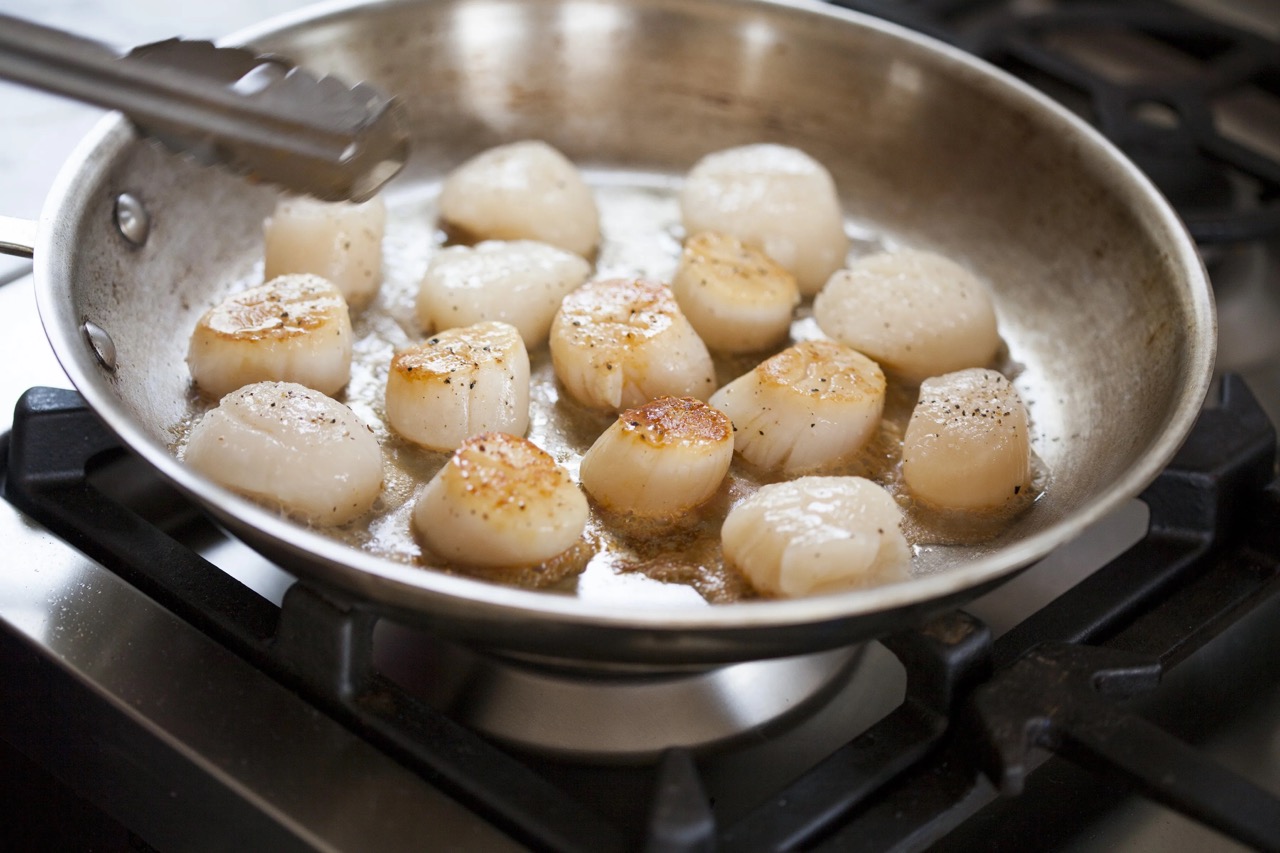
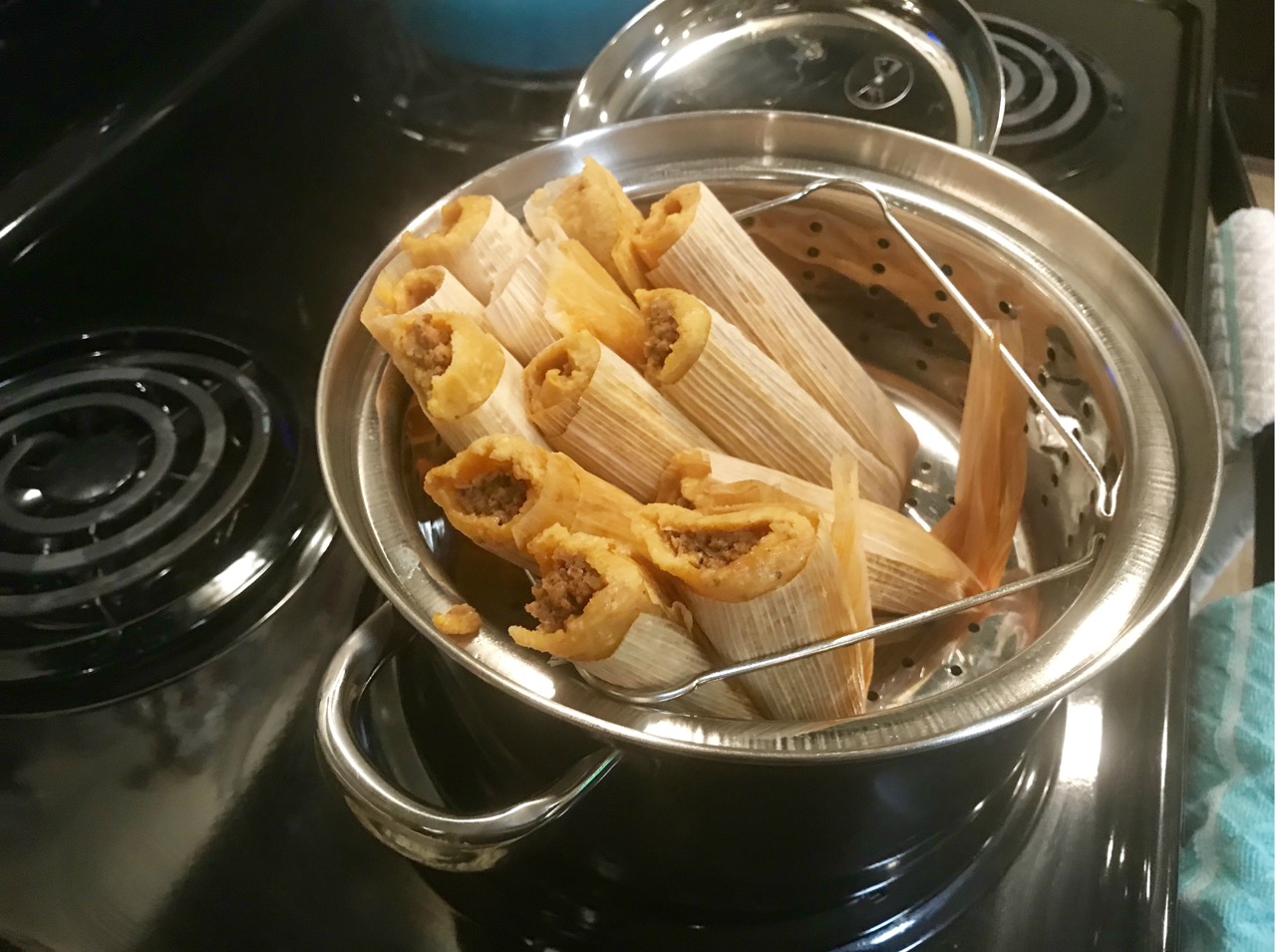
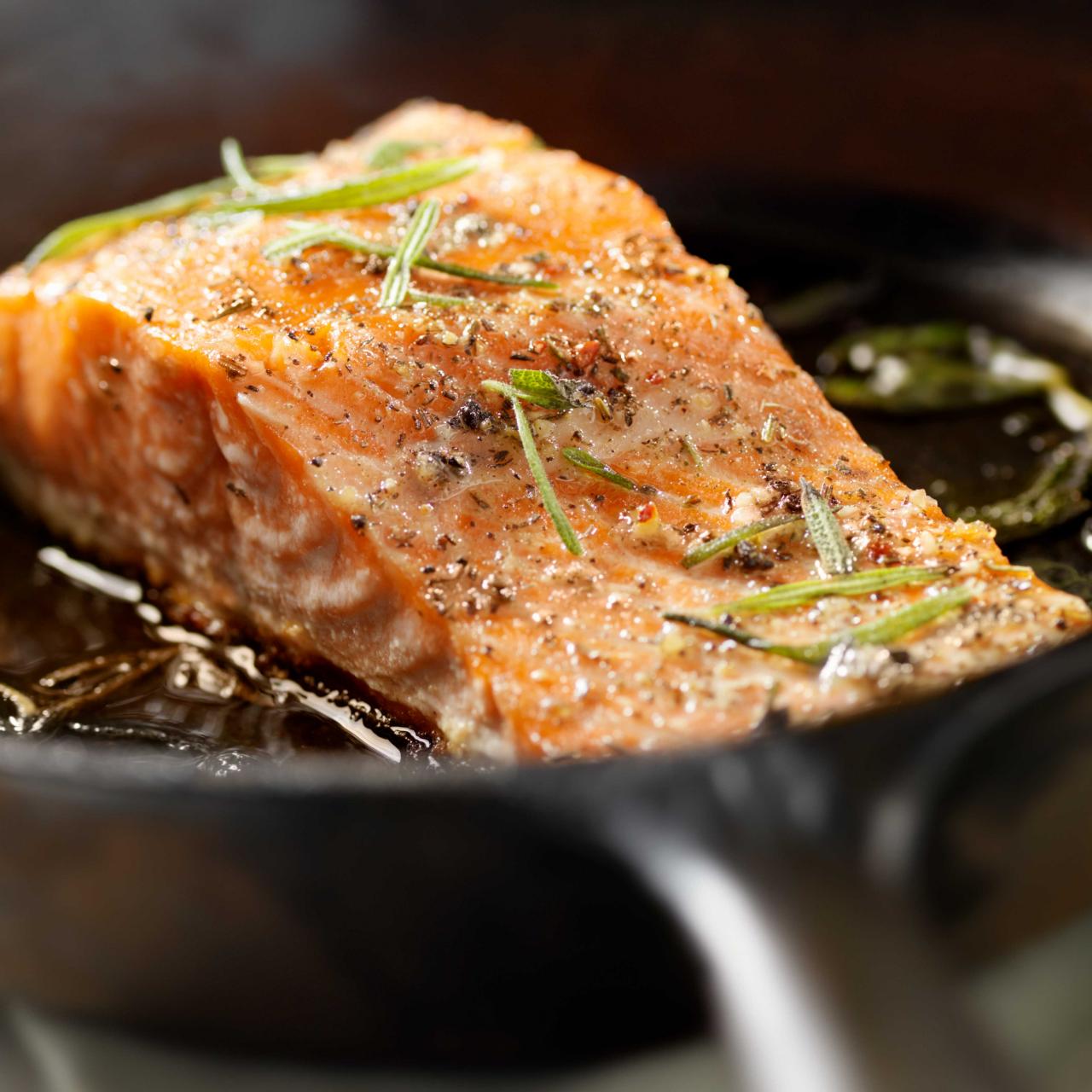
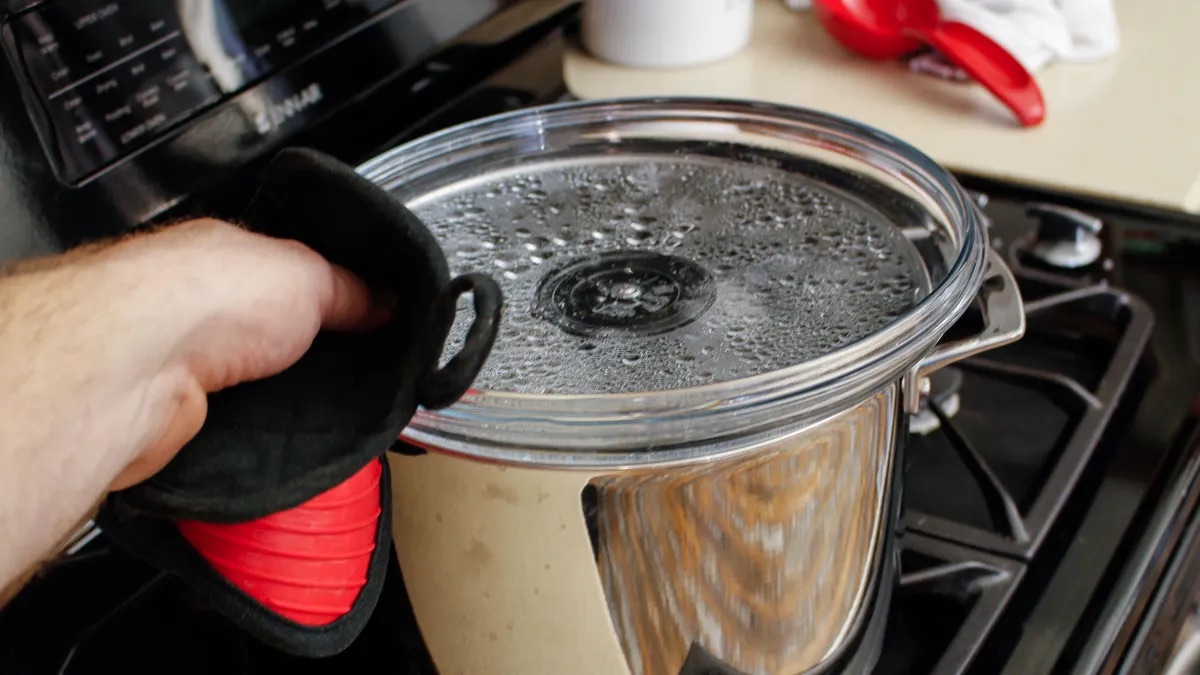
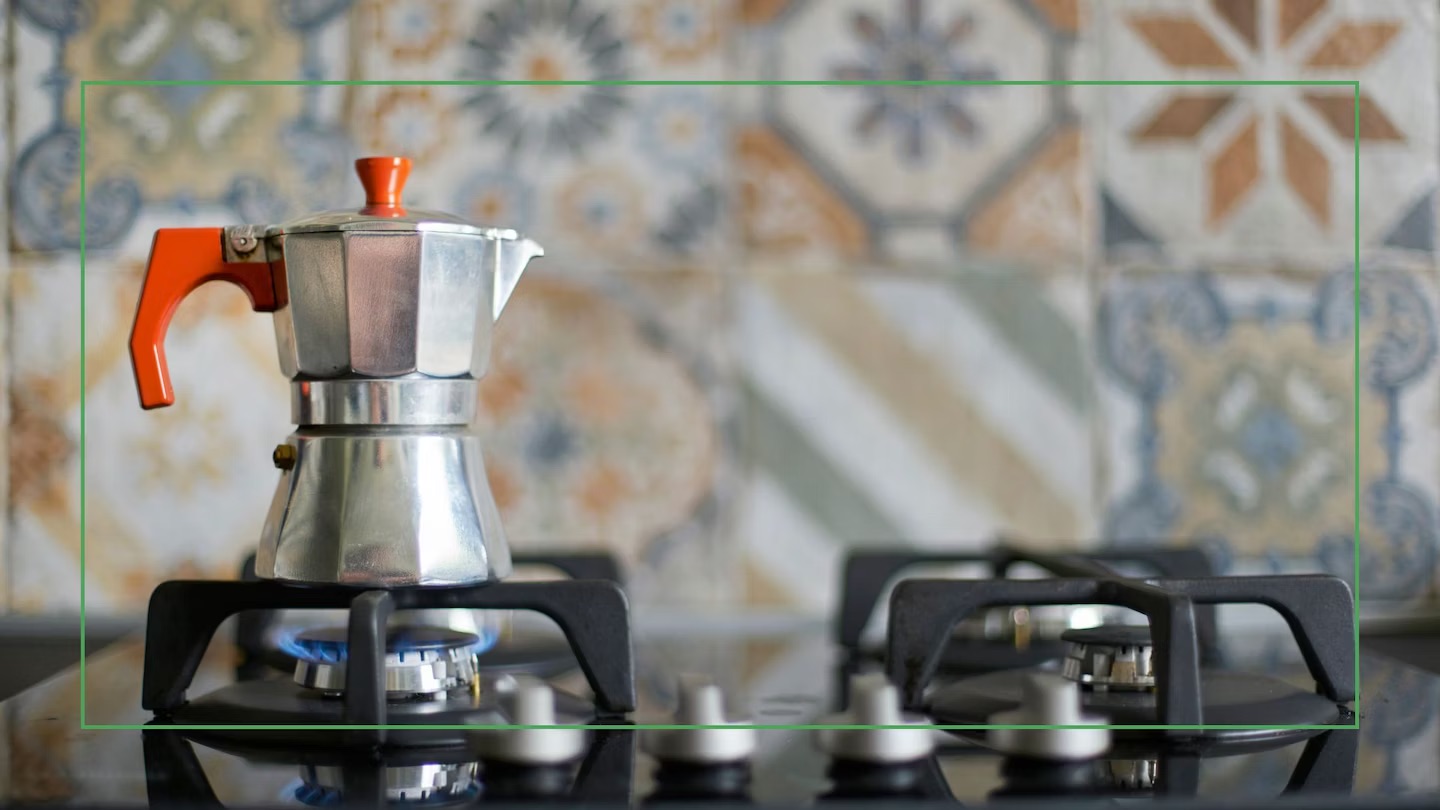
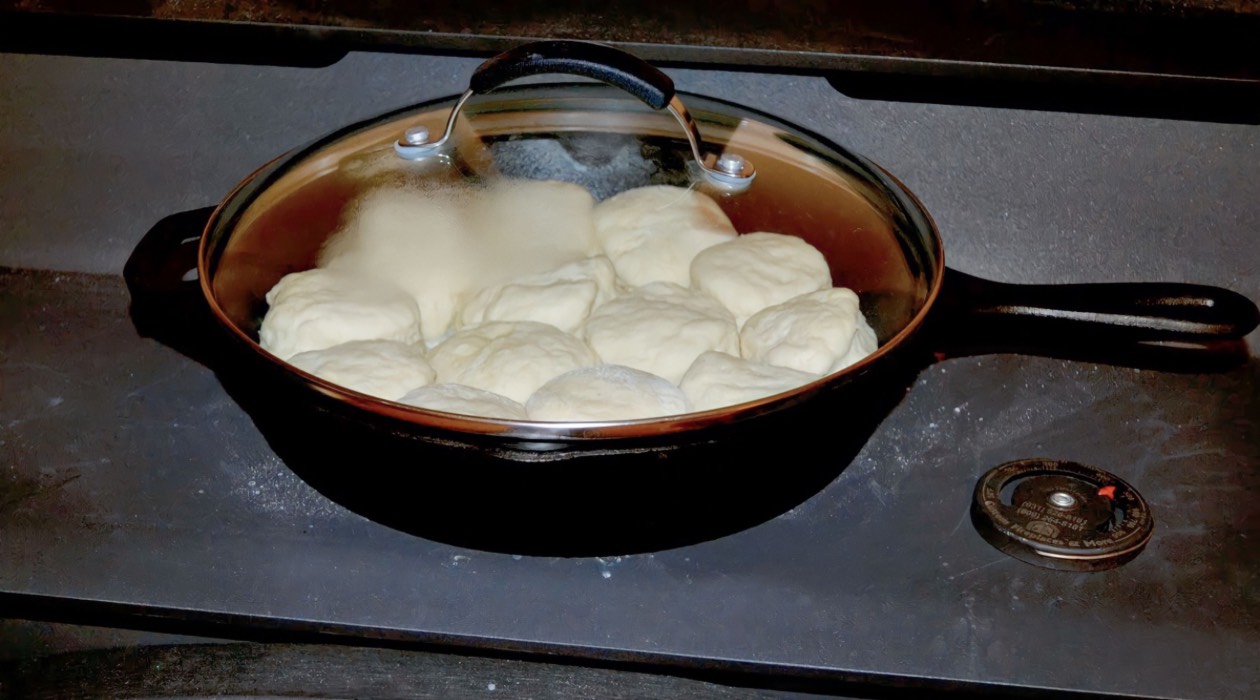
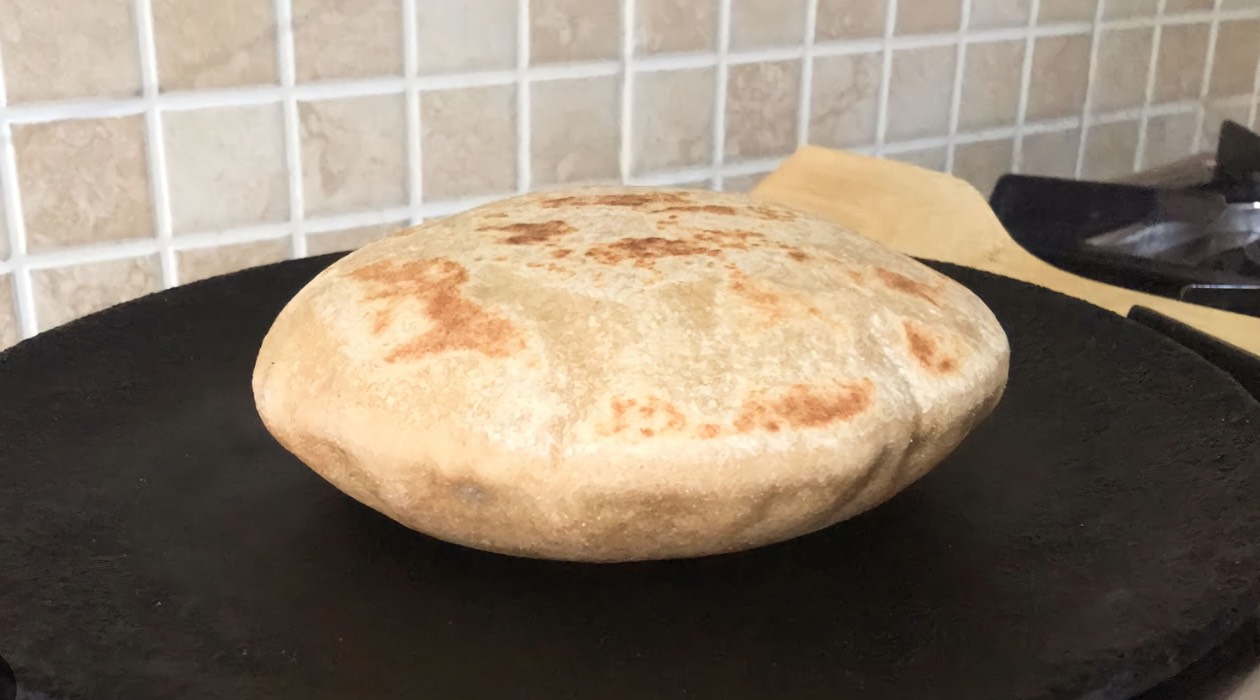
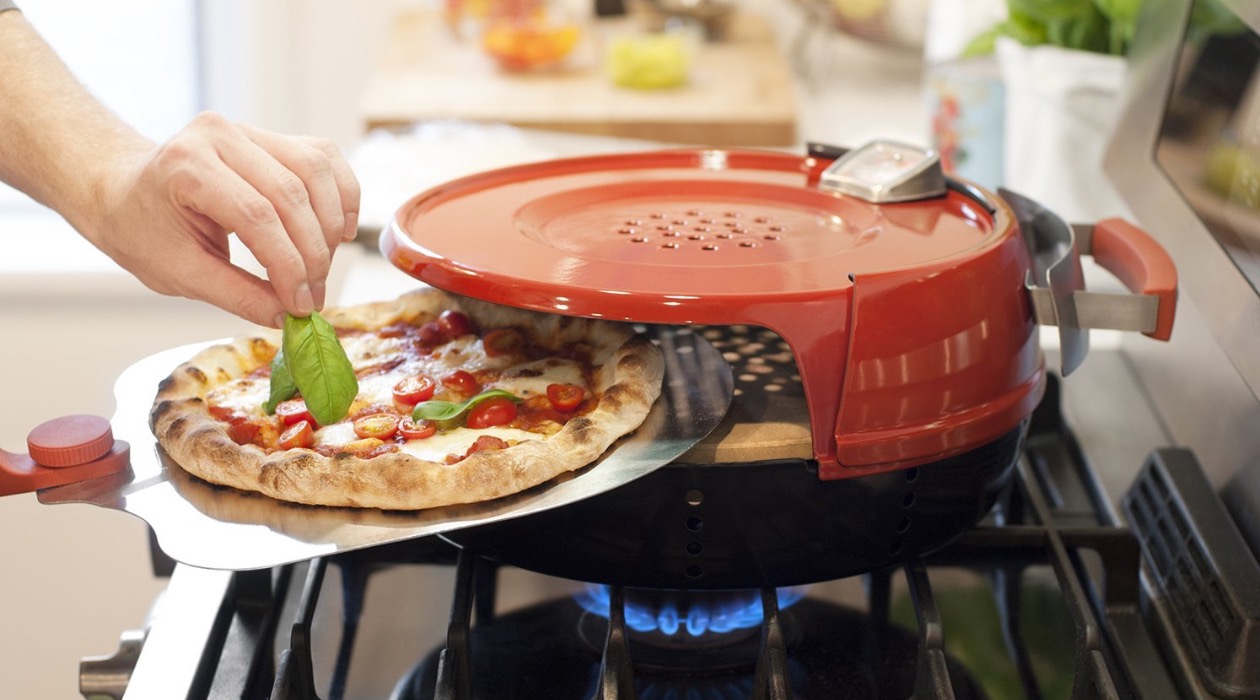
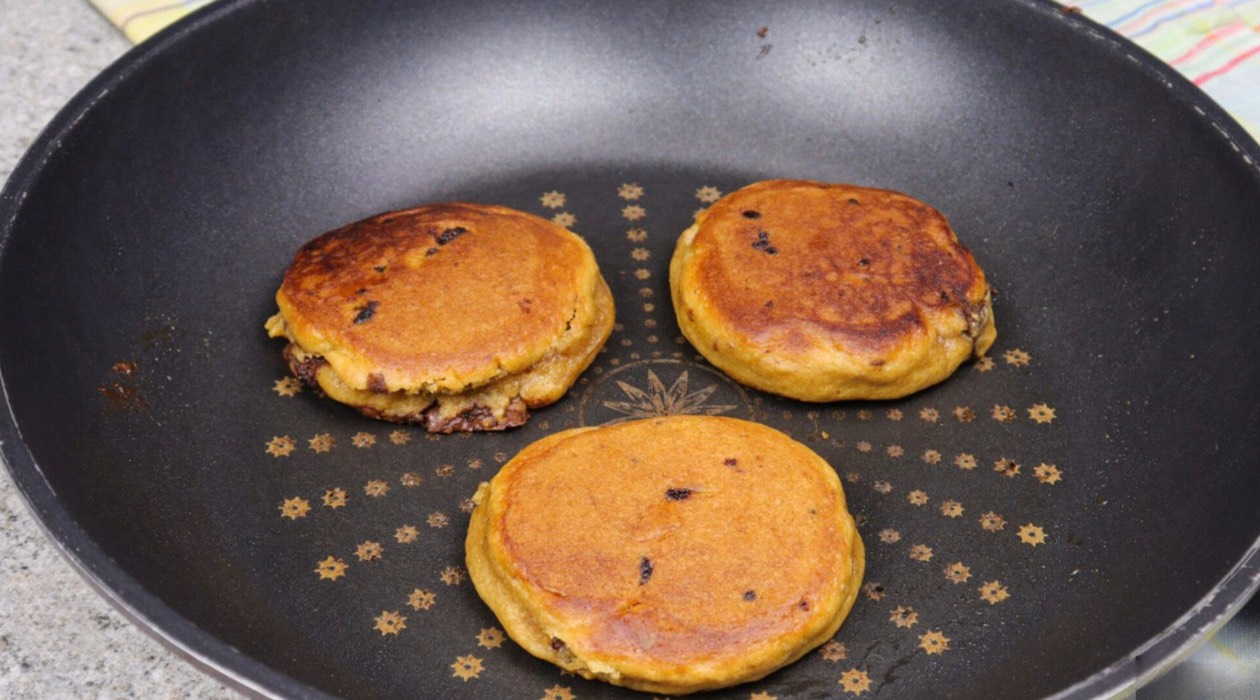
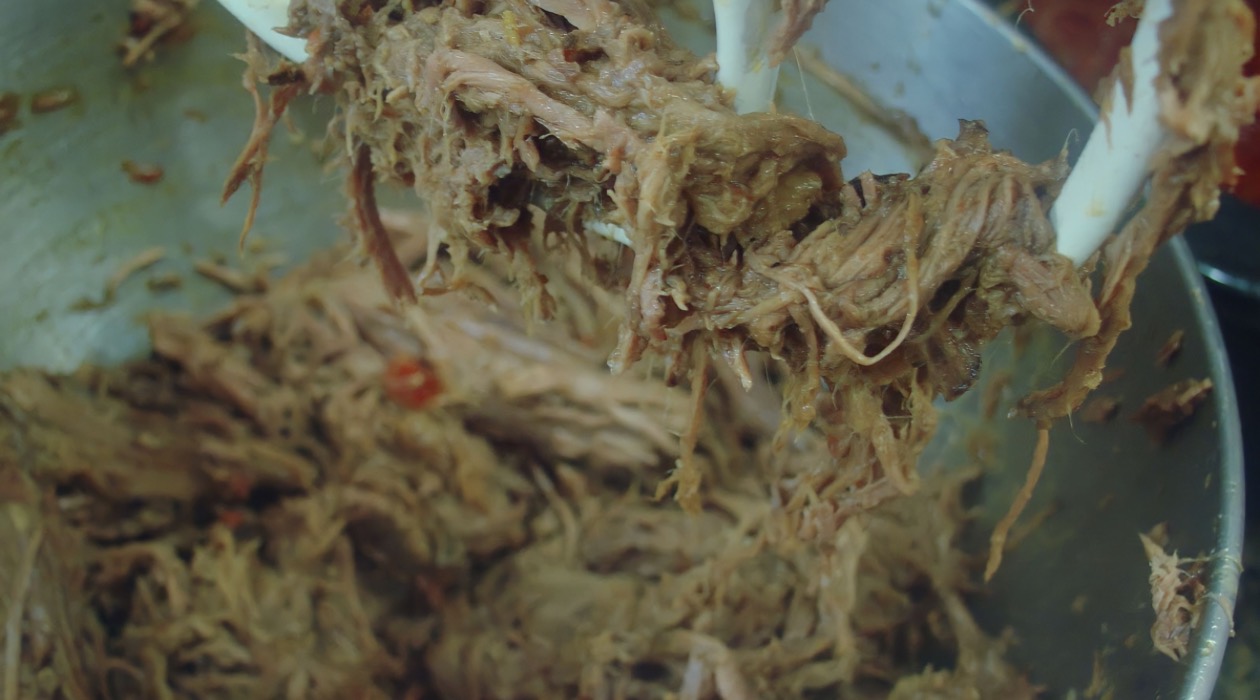
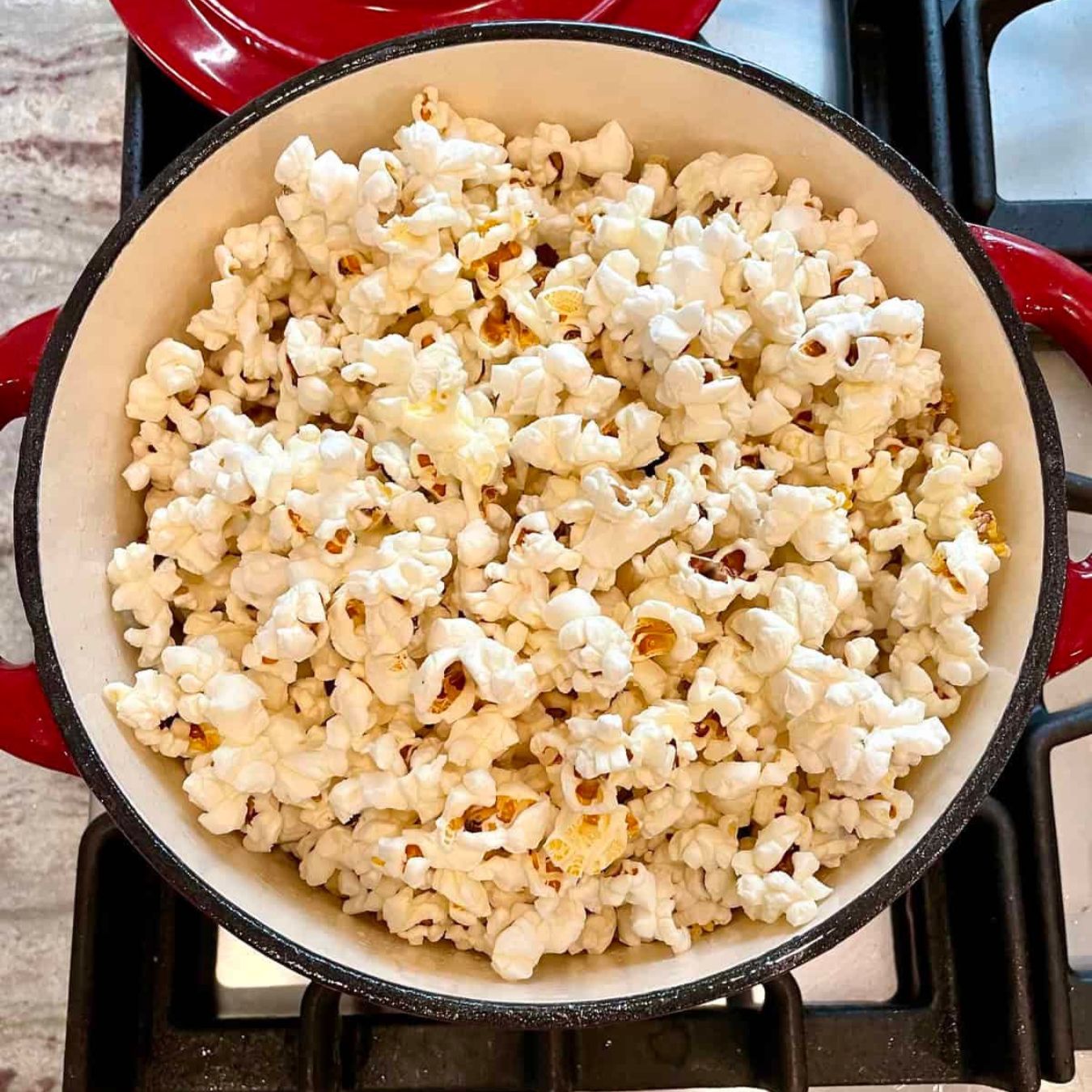
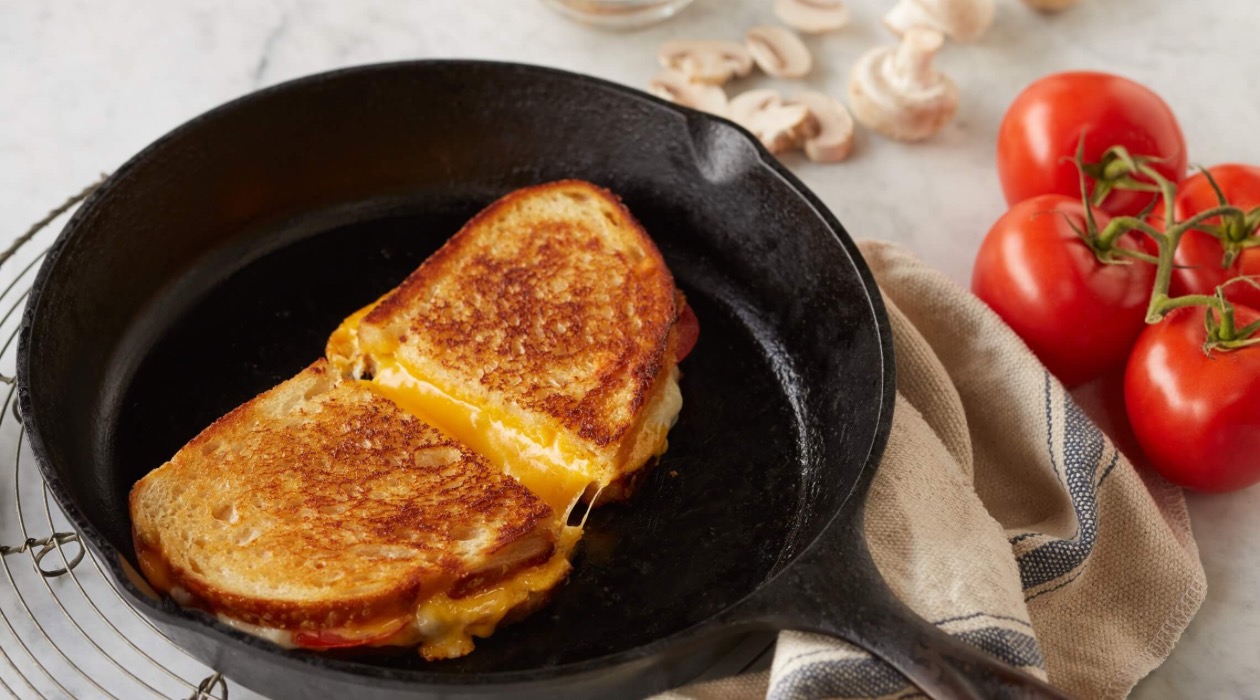
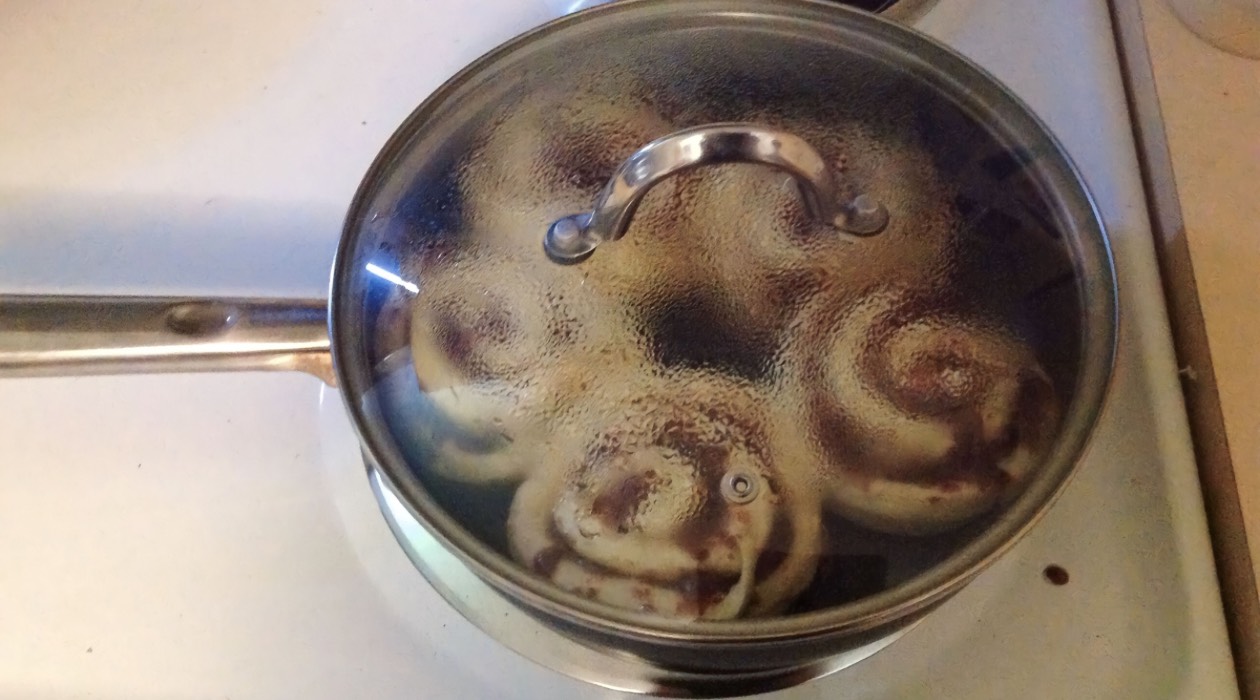

0 thoughts on “How Do You Make Stove Top Stuffing Not Soggy?”